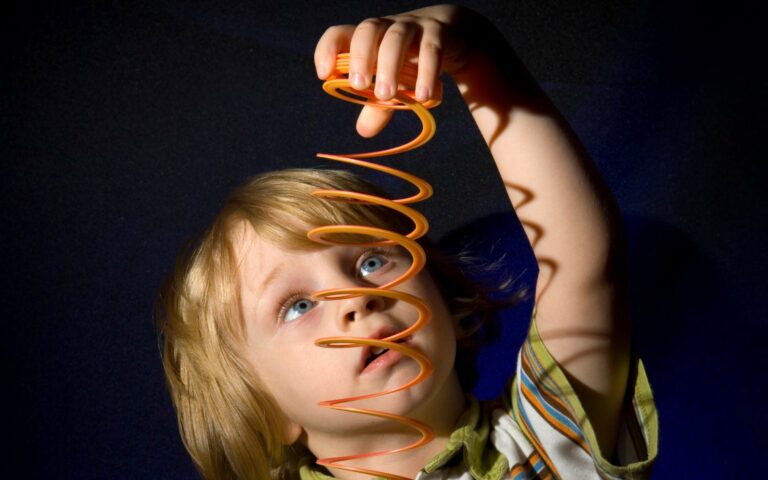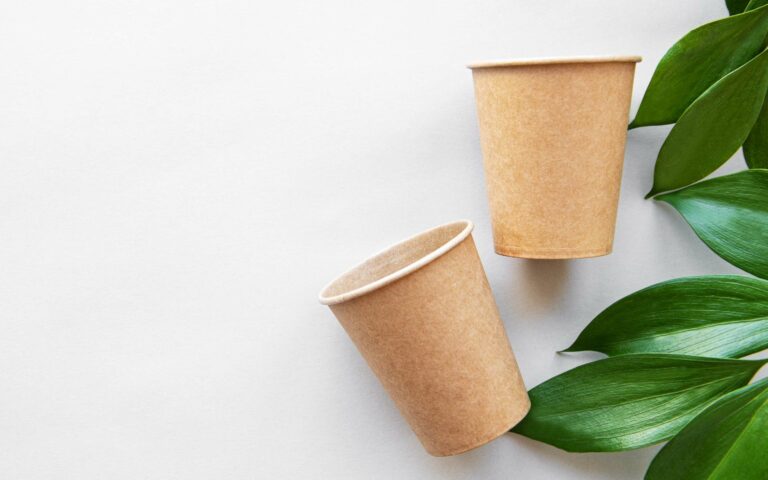The source of all sound is vibrations.
These vibrations move through solids just like they do through air and water; the sound wave actually moves the tiny particles, or molecules, that make up the solid! Sound travels differently through solids than it does through air – because in a solid the molecules are much closer together and packed more tightly than in air, the vibrations move more easily between the molecules of a solid as opposed to air. When we hear something, we are sensing the vibrations in the air. The vibrating body causes waves to move through the medium (air or water), where they eventually reach the delicate skin in our ears. Our brain is able to recognize that these waves or vibrations are sounds made by different things. The sound and shape of these sound waves determines what kind of sound you hear. With this activity below, you will exemplify how sound vibrations move differently in solids than in air.
Terms & Concepts:
- Sound
- Physics
- Vibrations – Sound is produced when something vibrates, or rapidly moves back and forth. The vibrating body causes waves to move through the medium (air or water), where they eventually reach the delicate skin in our ears. Our brain is able to recognize that these waves or vibrations are sounds made by different things. The sound and shape of these sound waves determines what kind of sound you hear!
Materials:
- One or Two metal spoons
- String, cut into ~80cm section
Instructions:
- Tie one spoon in the center of the string
- Grab the ends of the string and hold them up so the spoon and string hang down in a “V” shape
- Hold the string with the spoon in front of you in a “V” shape and have a friend tap the metal spoon tied to the string with the other spoon
- You can also swing the spoon to tap a chair or door, though metal on metal is best.
- Repeat the previous step while pressing the fingers with the string wrapped around to our ears (never in your ears!).
- It is important that the spoon remain dangling, you may have to lean forward slightly so the spoon hangs away from your body
- Note how the sound changed between holding the string to your ears and away from your ears.
Think About It!
- When the string is pressed against your ears, is the sound louder or softer compared to when you simply hold the string in front of you? Reading the introduction above how sound waves move through different medium, why do you think that is?
- How does the sound get from the spoon to your ears?
- Does using a different material to tap the spoon change the sound? In what way? Why do you think that is?
- How could you improve the sound with this mechanism? What other materials could you use?





